Turned up, mowed down and sewn back on – so you really shouldn’t stick your fingers in there at 3000 rpm. However, even at full rotation, the new Phanteks T30s are still quiet enough to grandiosely underestimate the cutting power of the rotor blades along with the violence behind them. Yes, they can do something (except very loud), I may spoil that in advance. And they even bring tears to our reference’s eyes in places with so much headwind. But enough of the advance praise, now it is first discussed and tested.
With Sunon, Phanteks relies on an experienced OEM, which is also popular for small fans in 3D printers, for example, and which can also cover very large speed ranges in the OEM sector. Of particular interest here is the very rare thickness of the fan of 30 instead of 25 mm, which naturally offers greater leeway in the rotor blade geometry. However, you have to be careful when installing it that you also need more space in depth. The torsion-resistant rotor (and frame) made of LCP (I already wrote something about the fingers) is joined by a high-speed 3-pole motor with six coils, whose PWM control is a bit tricky and whose pull is almost brutal.
You can let it run from 280 rpm or unbraked with up to 3000 rpm or limit it to 2000 or even only 1200 rpm by a small dip switch. Then the set value is e.g. also what you can set motherboard as 100% PWM. One can argue about the sense, because such a broadband fan is actually almost a luxury good, if it performs at 2000 rpm as good or maybe even better than the reference and can then in an emergency still put a little bit on top.
The magnetic levitation bearing (MagLev) is fully okay, the gap dimensions also. The power consumption is a bit more generous at full speed with over 4 watts, but power comes from fuel. RGB is not available, not even at extra cost. You can certainly afford the 6 year warranty with the technology installed, so you give it. The almost 30 Euros are more or less appropriate for the features and the performance, but more about that later in the conclusion.
| Form factor | 120 mm |
| Starch | 30 mm |
| PWM | Yes |
| RGB | No |
| Decoupled | Yes |
| Color Frame | Black-Grey |
| Accent color | none |
| Color rotor | Anthracite |
| Weight in g | 231 |
| min. speed | 280 (measurement) |
| max. speed | 3000 |
| Volume flow m3/h | 171.59 |
| Flow rate CFM | 101.0 |
| static pressure mmH2O | 7.11 |
| Sound pressure dBA | 39.7 |
| Life Time hrs | 52,000 |
On the next page you will first see how and what we test and why. Understanding the details is extremely important in order to be able to objectively classify the results later. The differences between many models are more in the details and THE best fan for all situations can hardly exist. There is a certain optimum in every situation and of course there are also good all-rounders. But they usually have their price. But if you plan to use 60mm radiators for example, you might save money by choosing the best model for your application, which might not perform so well as a case fan. And vise versa, of course.
I also have the original data sheet at hand for the new ones:
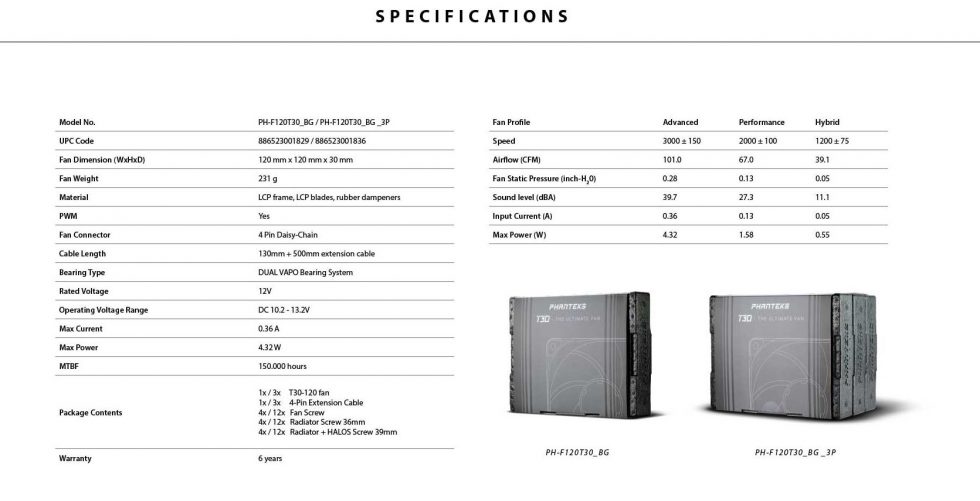
Currently, the fan is not yet in stock, but it is already listed by the distributor and in stock:
Phanteks T30-120, 120mm (PH-F120T30_BG)
 | Lagernd | 29,90 €*Stand: 27.07.24 03:47 |
 | Auf Lager - 1-3 Werktage Lieferzeit | 31,92 €*Stand: 27.07.24 04:00 |
 | Auf Lager, Lieferzeit 1-2 Werktage | 33,68 €*Stand: 27.07.24 01:53 |















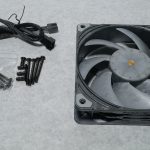
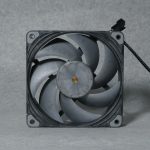
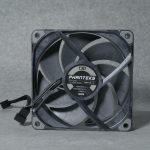
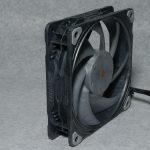












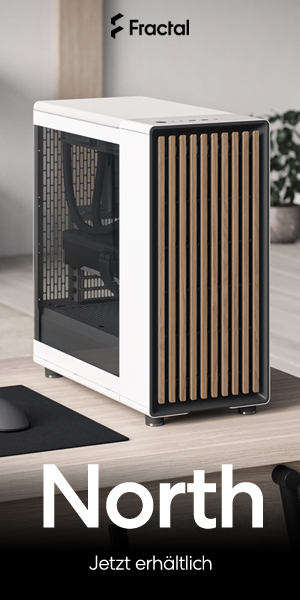
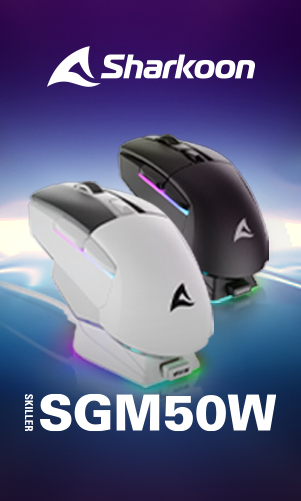

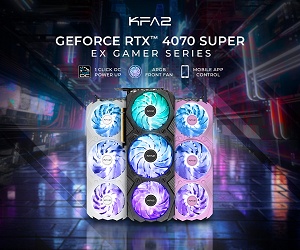

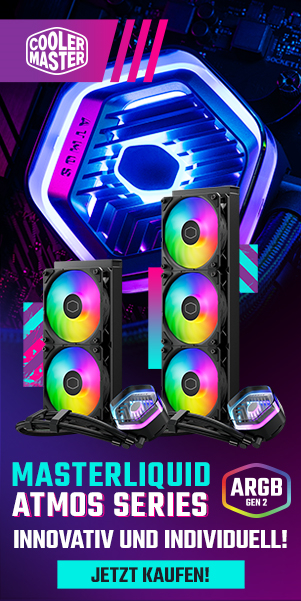

123 Antworten
Kommentar
Lade neue Kommentare
Veteran
Urgestein
1
Urgestein
Urgestein
1
Urgestein
Veteran
Urgestein
Urgestein
1
Urgestein
Urgestein
Urgestein
1
Veteran
Urgestein
Urgestein
Alle Kommentare lesen unter igor´sLAB Community →